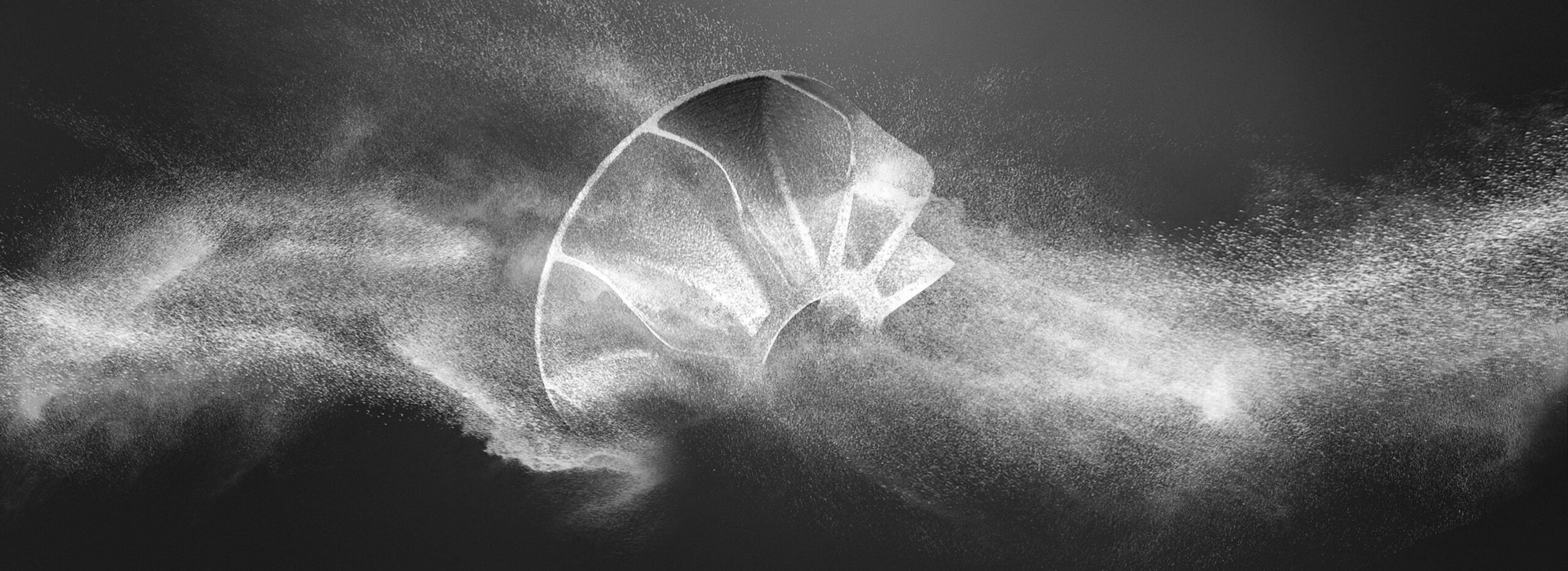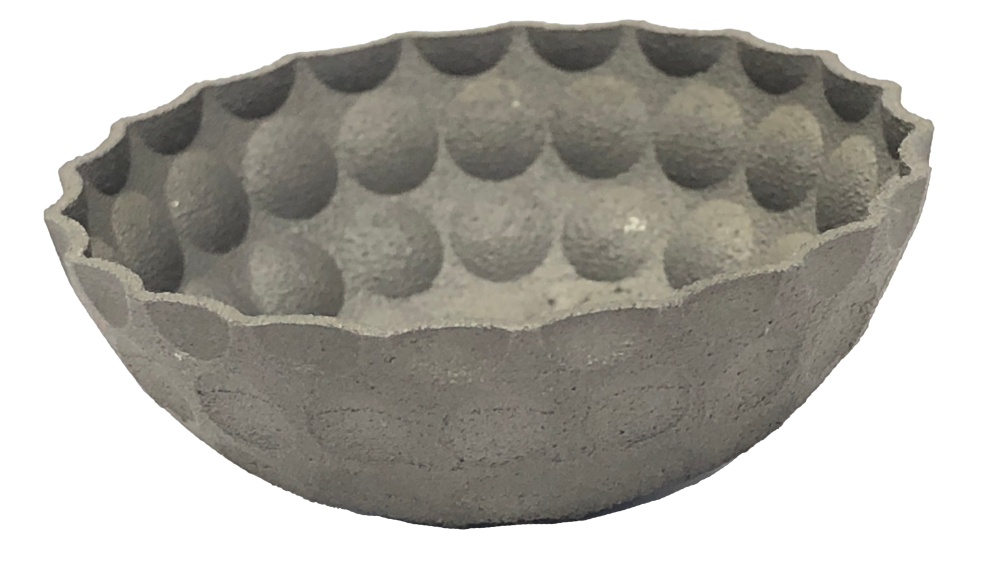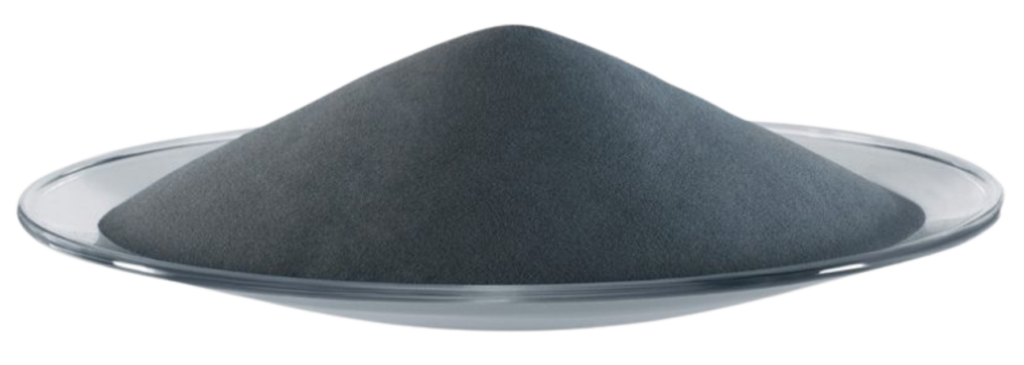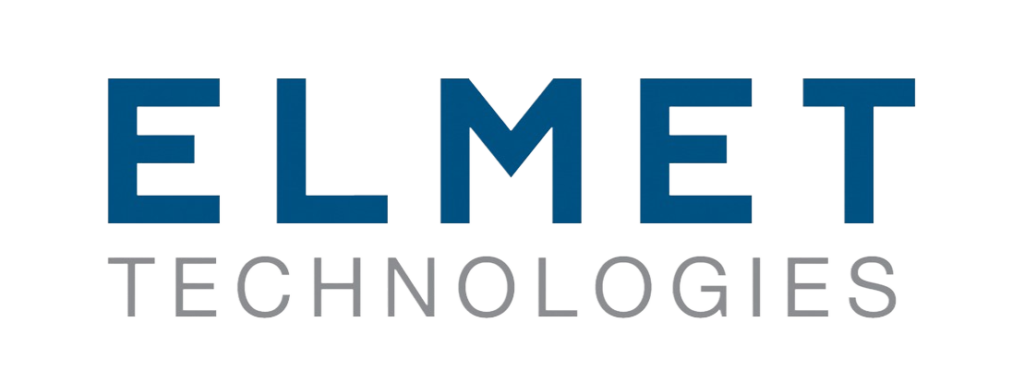
About Additive Manufacturing
Additive manufacturing, commonly known as 3D printing, is revolutionizing production capabilities across various industries. Initially recognized as a transformative innovation in polymer prototyping, AM has evolved significantly to facilitate the creation of complex components with intricate geometries using advanced engineering materials. This manufacturing process involves the layer-by-layer addition of material to produce highly detailed and precise objects, allowing for designs that would be impossible to achieve with traditional manufacturing methods. It utilizes ultra-high purity metal powders that are formulated for high bulk density, optimal particle size distribution, and excellent flowability, ensuring a consistent and reliable production process.



Our additive manufacturing lab is equipped with specialized technologies designed for processing a variety of materials, including refractory metals, polymers, and composites. This versatility enables us to cater to sectors such as aerospace, defense, healthcare, and industrial, where custom components and rapid prototyping can significantly enhance product development and innovation.
What methods are there?
Additive manufacturing encompasses various techniques, such as 3D Screen Printing, Laser-Powder Bed Fusion, Binder Jet Printing, and Directed Energy Deposition. Since its inception, numerous process technologies have emerged, with no single method suitable for all applications. The selection of the best material and approach is crucial to maximizing value by balancing cost, dimensional accuracy, and part performance.
Elmet Technologies combines 100 years of expertise in refractory metals with advanced 3D printing technologies, specializing in laser-powder bed fusion (L-PBF). This method produces complex, full-density parts with exceptional accuracy and smooth finishes, showcasing our commitment to precision and innovation in additive manufacturing.
Materials for Additive Manufacturing
Materials used in AM are specifically developed to meet rigorous industry standards. Key materials include tungsten, molybdenum, tantalum, and niobium in pure and alloyed forms.
High-quality powders designed for AM applications typically feature characteristics such as:
CHARACTERISTICS
- High Purity
- Low Oxygen Content
PHYSICAL PROPERTIES
- High Bulk Density
- Spherical Morphology
- Exceptional Flowabiltiy
- Optimized Particle Size Distribution (PSD) for Various Printing Methods
CAPABILITIES
- Versatile Production Volumes, from Laboratory to Full-Scale Production
- Advanced R&D Capabilities for Developing Custom Alloys
Markets
Advantages of Additive Manufacturing
Additive manufacturing offers numerous benefits, such as combining multiple assemblies into a single part and enhancing the properties of existing components. It allows for the creation of lightweight parts and assemblies, customization with various metals, and quick prototyping and iteration. This technology minimizes waste, reduces inventory, and lowers energy consumption. Additionally, it is suitable for producing both high and low volumes of parts, making it a versatile and efficient manufacturing solution.

